Without observation, curiosity, collaboration, and creativity, people won’t make very good scientists. But there is one more factor to consider. In my opinion, it gets way more credit than it deserves, but it exists nonetheless. I am talking about Lady Luck — the serendipitous findings that seem like they were begging to be discovered at that particular moment in time. The adage “luck favors the prepared” rings particularly true in the world of science.
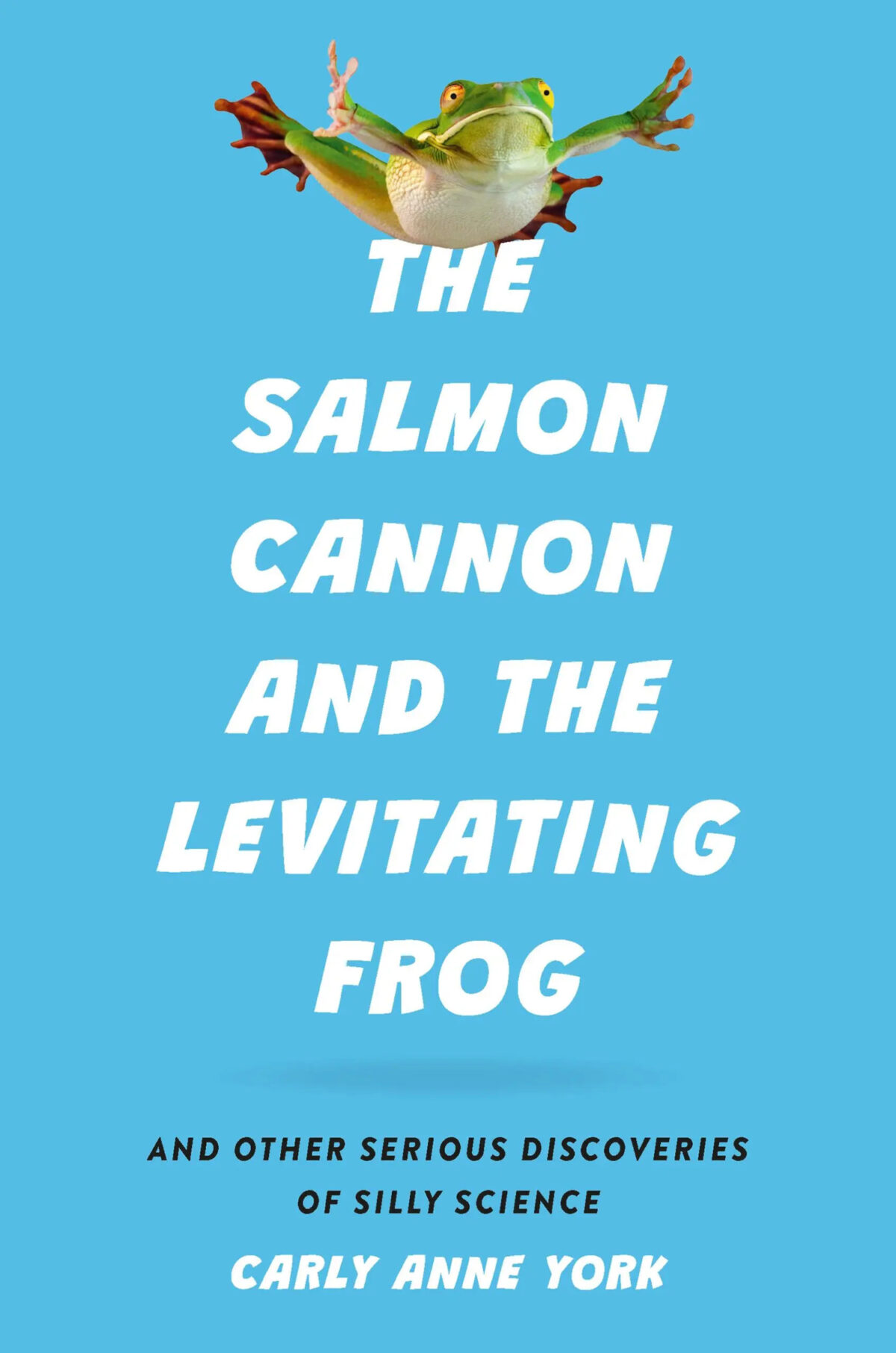
The accompanying excerpt is adapted from “The Salmon Cannon and the Levitating Frog: And Other Serious Discoveries of Silly Science,” by Carly Anne York (Basic Books, 288 pages). Copyright © 2025.
It was a late night alone in the lab for Peter Fong of Gettysburg College when he accidentally knocked a bottle of Prozac into an aquarium of clams. As the pills sunk to the bottom of the tank, along with his heart, he noticed something strange: The clams started spawning, releasing eggs and sperm into the water at startling rates. Fong looked on with shock — he had never seen them behave this way before.
That Prozac could affect clams probably seems surprising. We are quite different from clams, after all. But even without many comparable body parts, at the cellular level, regardless of species, our nervous systems still work the same way.
Studying the nervous systems of these simple creatures can reveal new insights about our own nervous system. Plus, clams are easier to manage than humans, making them an ideal model organism. But even though our physiology is similar in many ways, there are also important differences in response to neurotransmitters.
Fluoxetine, the drug commonly known as Prozac, isn’t known to increase sexual prowess in humans. In fact, it often does the very opposite. But when these clams were exposed to the same drug, they instantly jumped to sexual activity. Now, this wasn’t a complete surprise. Research conducted in the 1980s found that if serotonin is injected into the muscles or gonad of clams, they may begin to spawn after just 15 minutes.
The adage “luck favors the prepared” rings particularly true in the world of science.
Fluoxetine, which was approved by the Food and Drug Administration in 1987 as a treatment for depression, belongs to a class of drugs called selective serotonin reuptake inhibitors, or SSRIs. These drugs work by increasing the levels of serotonin in the brain. As a neurotransmitter, serotonin sends messages between nerve cells in the brain and body.
In humans, it is an important biological molecule, playing a role in happiness, sleep, memory, sexual behavior, and hunger. A lack of serotonin in the body, on the other hand, can present depression, anxiety, and other health conditions. Fluoxetine and other SSRIs work by preventing the reuptake of serotonin into nerve cells by blocking receptors, and thereby increasing the amount of available serotonin.
When Fong dropped his prescription into the tank of clams, he essentially gave the clams a big shot of serotonin. He also gave clam husbandry a major new tool.
In 2022, the global oyster and clam market was valued at around $108 billion and growing. Even though the industry was aware that serotonin would induce spawning, it was way too expensive to put into practical use: It cost roughly $22 a gram in 1998, when Fong published his discovery, which would be about $44 in today’s dollars.
But fluoxetine is far cheaper to use, as it accomplishes the same task at very low concentrations. In fact, clams spawn with 100,000 times less fluoxetine added to the water compared to serotonin.
In traditional clam farming, it is tough to get a synchronous spawning event, but with the help of fluoxetine, farmers could increase their yield and raise a uniform crop.
Maintaining clam populations can have other major effects on our environment. It can be tough to put a monetary value on the service that an organism provides, but a study published in 2020 reports that oyster and clam aquaculture provides up to $5.8 million in nitrogen removal from coastal waters. That is, if we didn’t have a healthy population of clams and oysters, we would be spending millions of dollars more on wastewater treatment, septic systems, and stormwater management to keep nitrogen levels manageable.
Between our wastewater, fertilizers, and animal waste, we have put way too much of this nutrient into our water. When there is excess nitrogen, algae grow at a rapid rate, causing harmful algal blooms. A blanket of the blue-green plankton will coat the surface of the water, blocking light from reaching below. Even worse is what happens when the algae die. As an algal bloom decomposes, bacteria will munch on the decay and rapidly reproduce, depleting oxygen from the water and creating hypoxic zones where nothing can survive.
Clams and other bivalves can stop this doom loop. Like little Brita filters, one adult oyster can filter an incredible 50 gallons of water a day, removing nitrogen along with other nutrients and incorporating them into their tissues and shells.

Understanding their ecological value, the National Oceanic and Atmospheric Administration started a little experiment back in 2012. They placed a raft with tendrils of mussels at the mouth of one of the grossest bodies of water they could think of, New York City’s Bronx River. The study lasted for two years, and then the health of the mussels was assessed. Not only were they healthy, but they had thrived.
Bivalve water filters have applications on many scales. In Warsaw, Poland, there is a landmark water pump, affectionately known as Fat Kathy, that you’ll find by traveling through a tunnel under the Vistula River.
The only reason I can imagine you’d want to do this is to see the eight clams they have hooked to a computer to monitor the city’s drinking water. The system, The Economist reported in 2021, relies on the natural instinct of the clams to close their shells when they encounter pollutants, heavy metals, and pesticides. The clams are outfitted with a magnet and a coil, which helps the computer monitor whether their shells are open or closed by detecting changes in the magnetic field. The clams are essentially acting as an early warning system, and in the case of contamination, the water supply can be turned off. There are 50 other Polish waterworks that use this system.
We’ve only just begun to understand the effect of pharmaceuticals on the environment, and the data isn’t looking so hot.
Knowing how to trigger a spawning event in bivalves could help us with farming industries and with attempts to monitor and protect our water. There is one other place where this knowledge could be useful, applicable — conserving endangered species. Freshwater bivalves are one of the most vulnerable groups of animals today. At least 40 percent of species around the world are listed as near threatened, threatened, or extinct. We could potentially use Fong’s serendipitous discovery for a captive breeding program to save endangered species. Perhaps.
In the meantime, please don’t dump your extra fluoxetine (or any other medication) into bodies of water. We’ve only just begun to understand the effect of pharmaceuticals on the environment, and the data isn’t looking so hot. There have been several documented studies that show negative effects on the behavior and metabolic regulation of aquatic organisms such as fish, shrimp, and hydra.
But thanks to Fong’s good (mis)fortune, we learned something new about the physiology of these ever-important animals, the bivalves, and perhaps he even gave us the key to preventing their extinction.
Carly Anne York is animal behaviorist and physiologist at Lenoir-Rhyne University. She is also the author of two nonfiction science books for children, “A Day in the Life: Horses” and “Queens of the Jungle.” She lives in North Carolina.






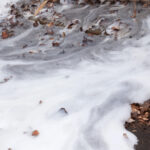

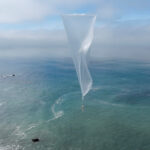

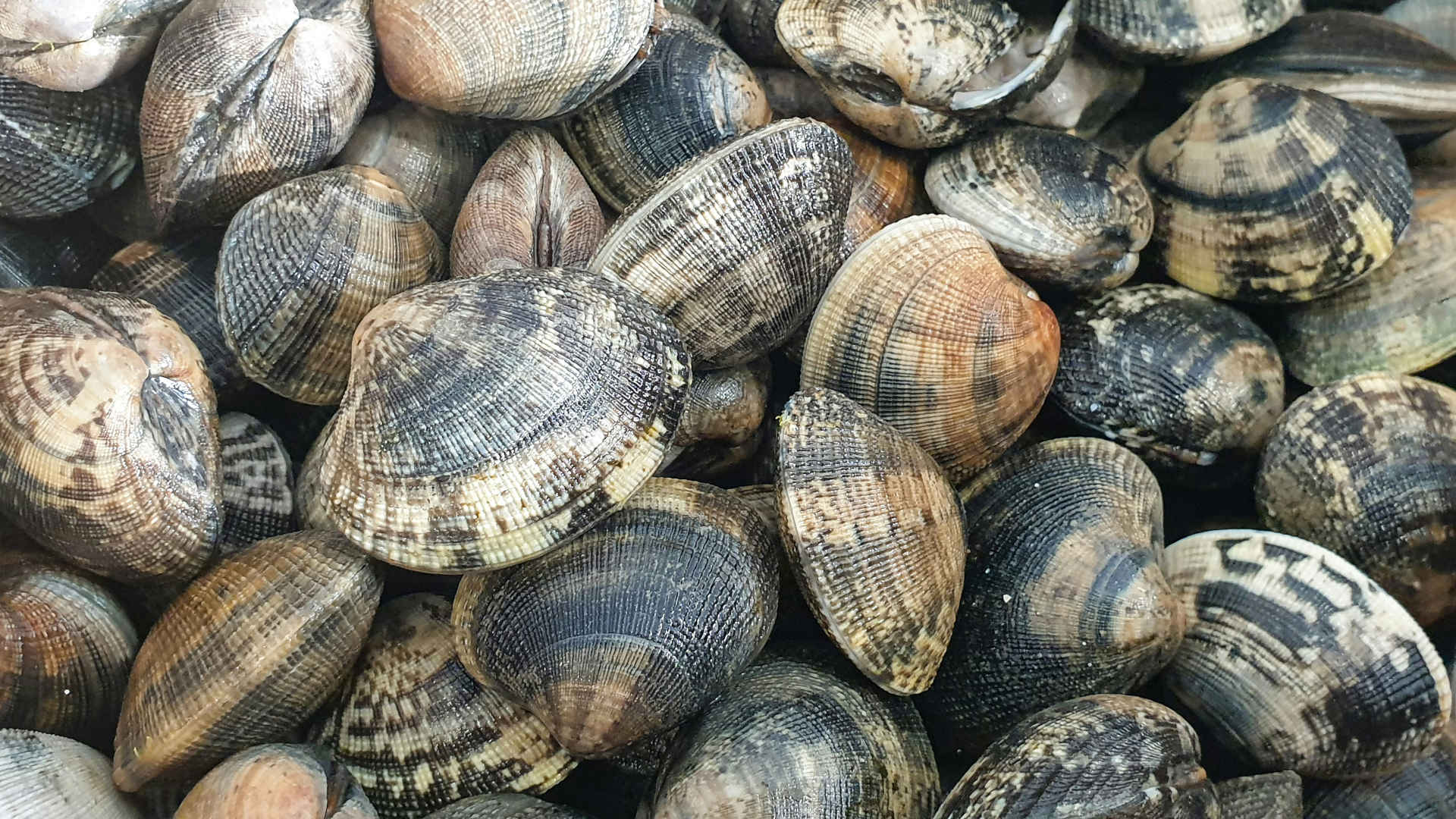
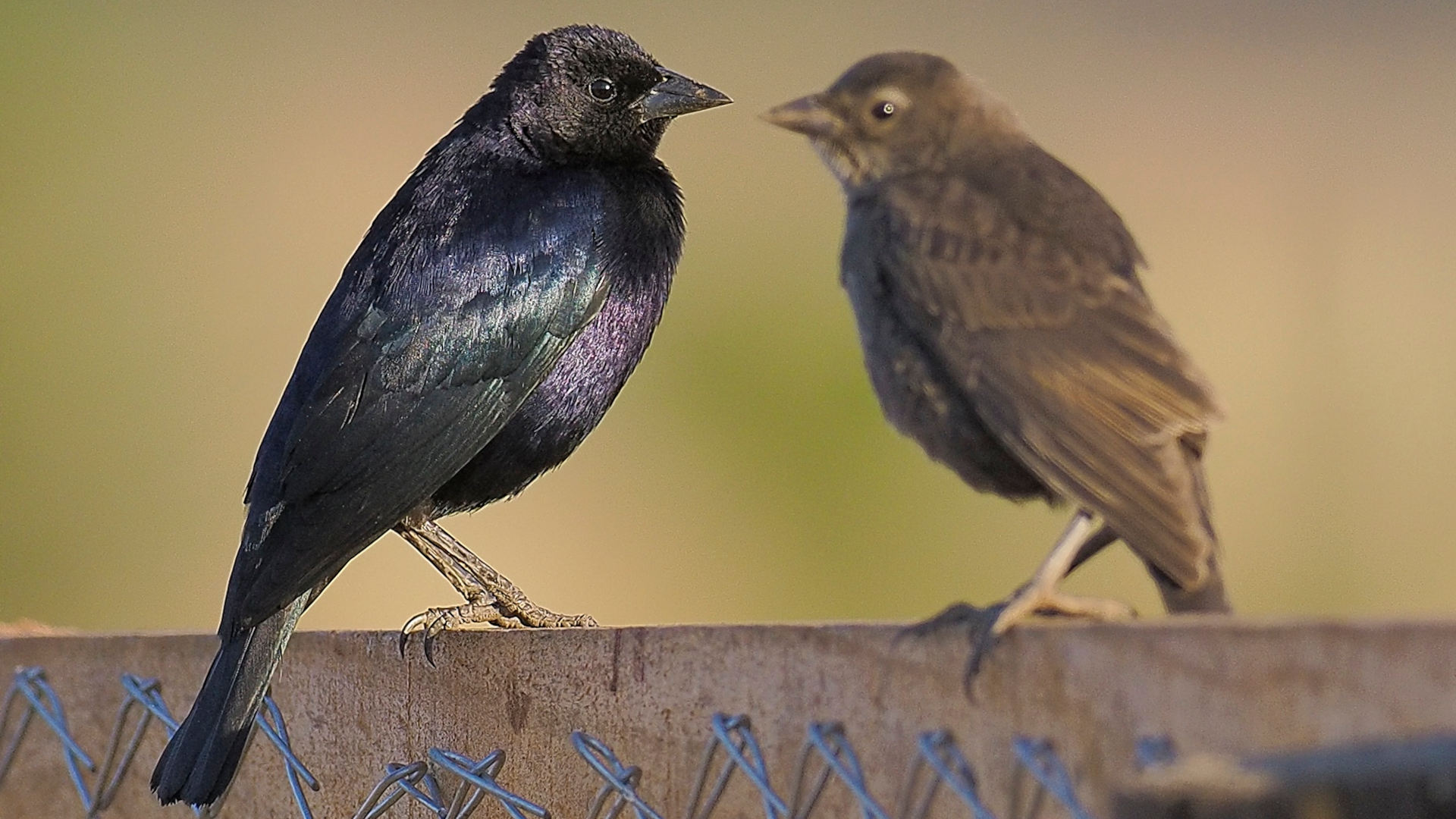
I found the article about how fluoxetine affects clams quite fascinating! It raises some interesting questions about the broader implications of this drug. I apologize for including a link, but I thought it might help to clarify what fluoxetine is and its uses. Have there been any studies on the potential side effects of fluoxetine in aquatic environments, similar to those documented in humans? You can find more information about fluoxetine here: https://pillintrip.com/medicine/fluoxetine-pch.